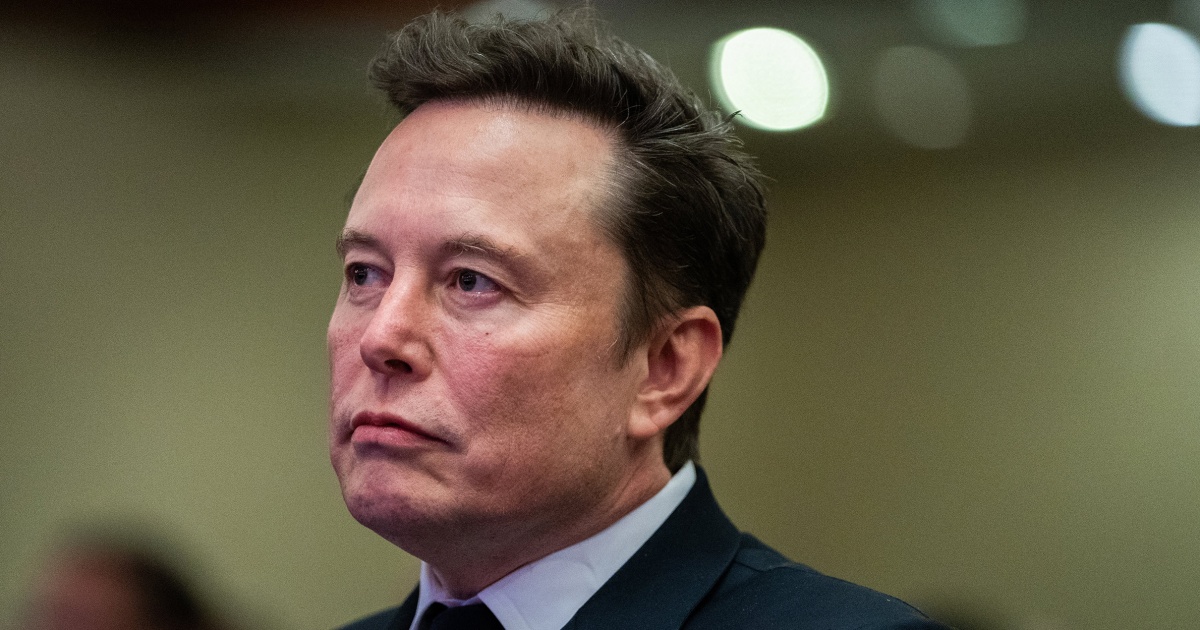Tech
SAP now Europe’s Tech MVP with Q3 showing: The Expert View

SAP announced a strong third quarter performance and raised its annual revenue and earnings guidance performance, gaining $26bn in market value and grabbing the top spot as Europe’s most valuable tech firm from Dutch chipmaker ASML.
Current cloud backlog for the ERP giant increased 27% at constant currencies to €15.4bn while total revenue was up 10% at constant currencies to €8.5bn. Once again cloud revenue, which increased by 27% at constant currencies to nearly €4.4bn, accounted for more than half of SAP’s total revenue and 59% of cloud and software revenue.
This performance was strong enough for SAP to raise their full year outlook for 2024 for cloud and software revenue, operating profit, and free cash flow. Cloud and software revenue is now expected to be between €29.5 and €29.8bn, raising the midpoint by €400m. Non-IFRS operating profit is now expected to be between €7.8 and €8.0bn, up from €7.6 to €7.9bn. And free cash flow is expected to be between €3.5 and €4.0bn, with the previous outlook expected to be €3.5bn.
As was the case in the second quarter, CEO Christian Klein stated that deals including premium AI use cases were a significant proportion of all deals this quarter. While much of the AI discussion at TechEd was focused on Joule, this is not the only way that SAP customers can access premium AI use cases. Europe’s most valuable tech company has focused on delivering Joule uses cases, which are only available in SAP’s cloud applications and through RISE with SAP or GROW with SAP premium packages, but users can also leverage the AI Foundation as part of SAP Business Technology Platform (BTP) to access AI models from many premium AI partners.
Transformation to SAP S/4HANA
As has been the case for several quarters, there were no specific adoption numbers mentioned in the third quarter earnings call. However, Klein did mention on multiple occasions that only a quarter of customers have started their transformation journey to SAP S/4HANA. Taking into consideration that around half of all SAP S/4HANA customers are net new and that there are approximately 25,000 customers who have licensed the offering, this means that over 35,000 customers are still to make any move off their existing SAP ECC, SAP Business Suite, or even SAP R/3 deployment.
What Klein and CFO Dominik Asam focused on during the call were the benefits of a cloud ERP bundle in general and RISE with SAP specifically. Klein also mentioned that RISE with SAP has finally become the methodology offering that he had always aspired for it to be. This methodology, based on the SAP Activate deployment and implementation methodology, includes best practices from customer implementations and a new generative AI-powered assistant that can help manage projects. The RISE with SAP methodology includes guided onboarding, partner competency requirements, an integrated tool chain that supports different phases of the methodology, and the ability to accurately define target architectures.
While there has recently been coverage that speculates that RISE with SAP adoption is extremely poor, the topic was not addressed during this quarter’s earnings call. What Asam did highlight was that deals exceeding €5m made up more than 60% of the order entry for the quarter. SAP needs this growth in large deals in order to continue to ramp up cloud revenue and current cloud backlog. But what this may mask is that an equivalent, or smaller, number of deals are being closed even while they are providing additional revenue. Given that SAP is focused on a “land and expand” sales policy where they start off with small deals that can then grow significantly, deals to large customers with complex environments can have a significant revenue impact – thus the vendor now becoming Europe’s most valuable software name.
Can SAP remain Europe’s most valuable tech firm?
The day after the earnings call SAP hosted a virtual event titled “Rise into the Future” which focused on the benefits of moving to cloud ERP and some of the latest features in SAP S/4HANA Cloud. The three topics covered at the event were new AI innovations, the RISE with SAP methodology, and an easier path to clean core with SAP Build. While none of this information is new, the packaging and push reflects that SAP still has much work to do to bring the bulk of its legacy ERP customers to cloud ERP.
Although it was not discussed during the virtual event, the question-and-answer section made it clear that all new Joule announcements were only available to customers running SAP cloud applications or via RISE with SAP and GROW with SAP. While Joule is not yet embedded in every SAP solution, it is currently available in SAP SuccessFactors, SAP Start, SAP S/4HANA Cloud Public Edition and SAP S/4HANA Cloud Private Edition, SAP Customer Data Platform, SAP BTP Cockpit, SAP Build Code, SAP Product Lifecycle Management, SAP Asset Performance Management, SAP Digital Manufacturing, and SAP Integrated Business Planning. Another answer response stated that there is no paid license associated with Joule itself. This means that to access Joule customers will need to license a no-cost SAP SKU which will then trigger the provisioning of Joule and the creation of the terms and conditions. These conditions must be accepted in order to use the generative AI co-pilot. Whether this provides just an initial level of uSage was not stated.
SAP is at a crossroads. Although Klein thanked both former Executive Board members Julia White and Scott Russell for their contributions to SAP’s success (and perhaps understandably, only them and not other recent departees) it is clear that the needle has not yet moved sufficiently when it comes to converting the €11bn of maintenance revenue from on-premise ERP solutions to SAP S/4HANA let alone RISE with SAP. 2027 is fast approaching and given the size, cost, and complexity of transformation projects many customers will still be running existing ERP systems after 2030. However, to achieve their cloud ambitions SAP needs these customers to move. How many will do so and when that will happen is the challenge.










